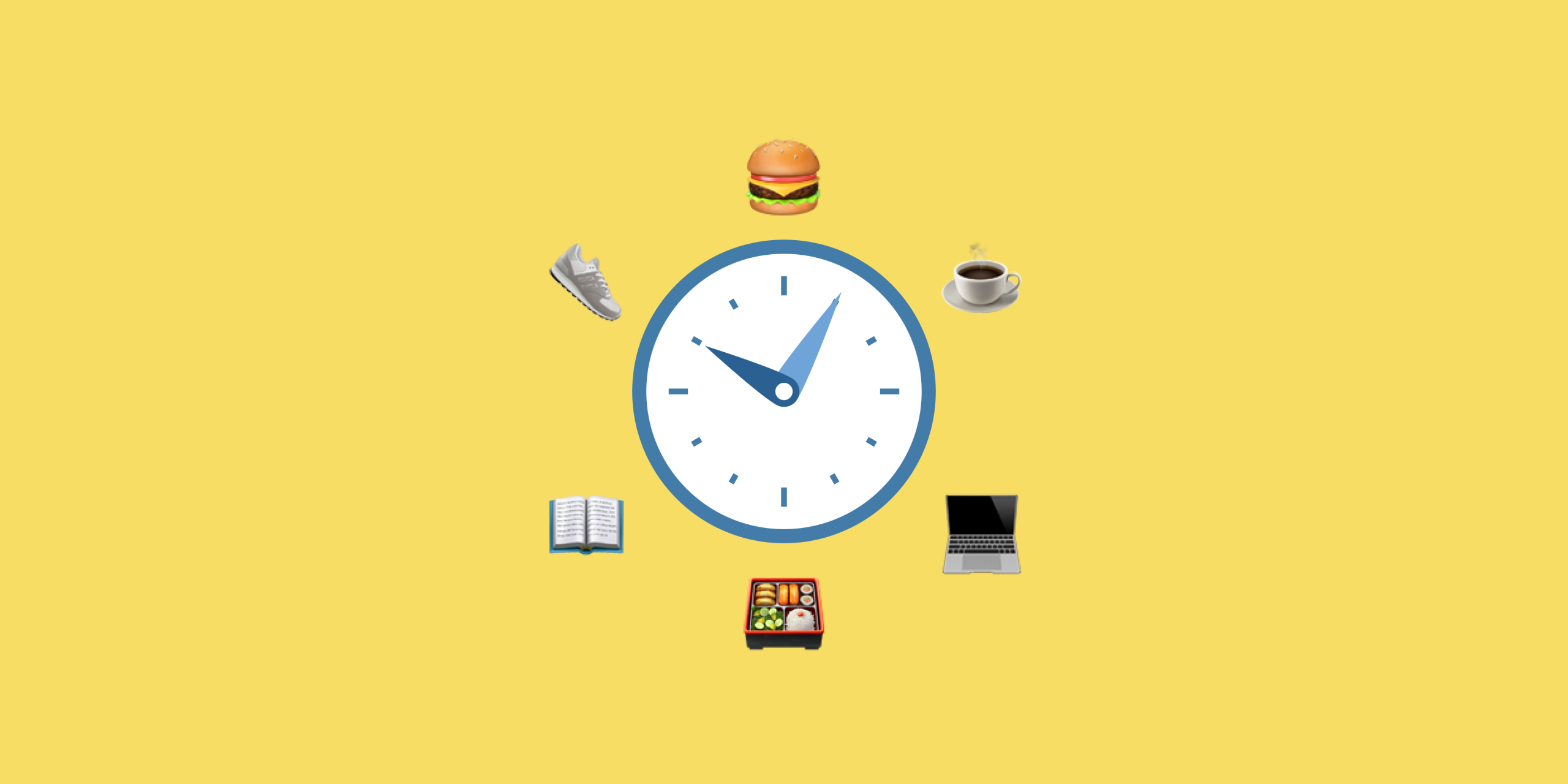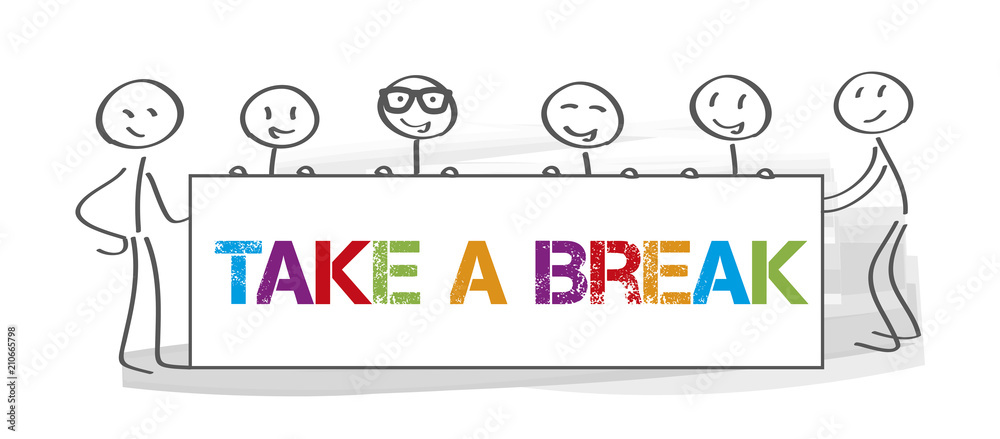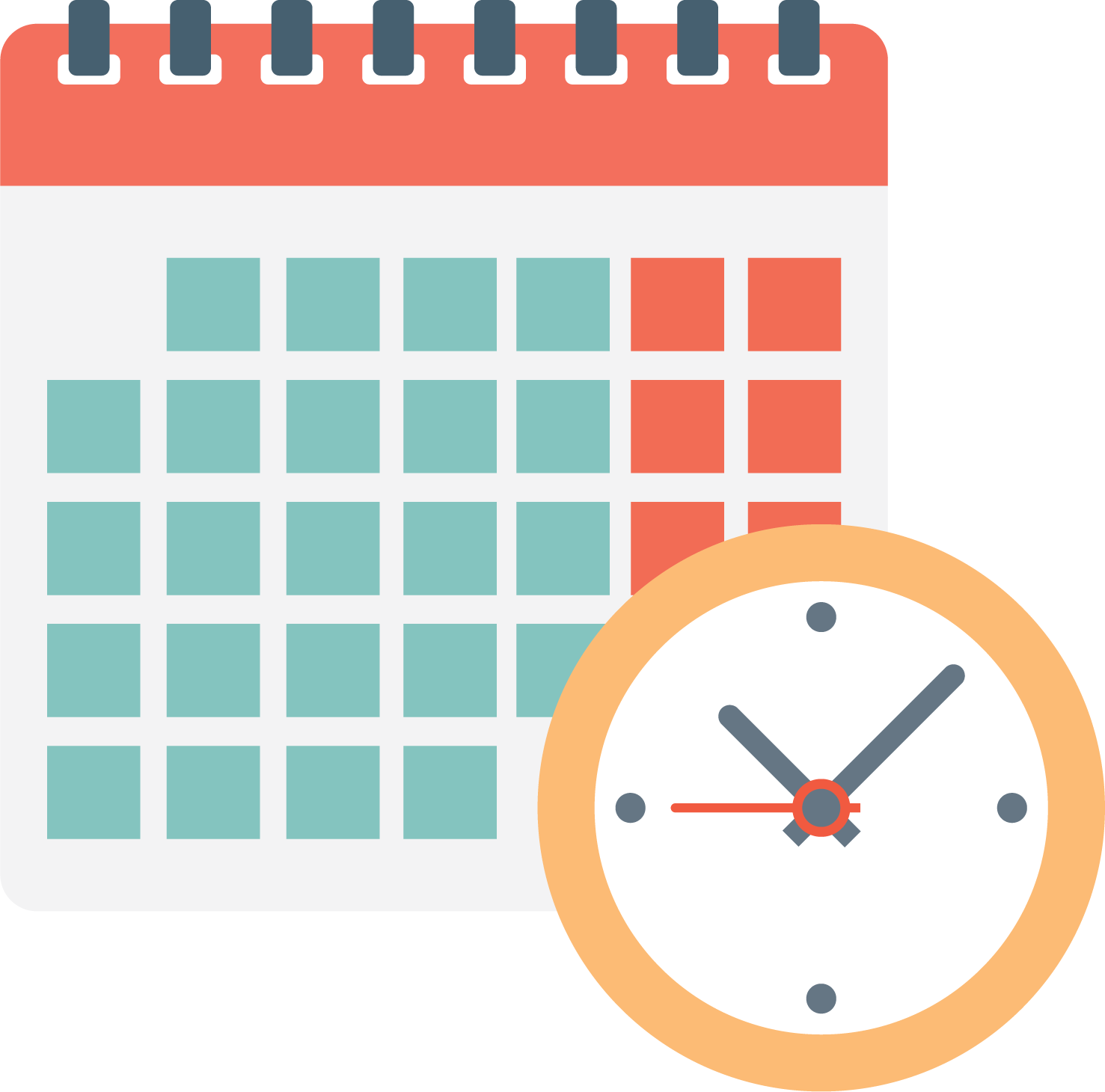How to Create a Daily Routine That Boosts Your Mood and Productivity

In a world full of distractions and endless to-do lists, a structured daily routine can be your secret weapon for feeling better, thinking clearer, and getting more done. But it’s not about rigid schedules or perfection—it’s about creating a balanced flow that supports your mental well-being and keeps your goals on track.
In this guide, we’ll help you design a customized daily routine that lifts your mood, enhances your focus, and leaves you with more energy—by weaving together morning rituals, strategic breaks, and calming evening wind-downs.
Why Routines Matter
A well-structured daily routine isn’t just about time management; it affects your mental health, emotional stability, and overall sense of purpose. When your brain knows what to expect, it burns less energy on decision-making and handles stress more easily. This consistency helps improve:
Mood regulation
Motivation
Sleep quality
Cognitive function
Even small habits, when done daily, can lead to significant long-term results.

Designing Your Routine: The Foundations
Before diving into specifics, keep these three principles in mind:
Start small: Begin with 1–2 habits per time block.
Be flexible: Routines are guides, not rules. Life happens.
Align with your goals: Choose habits that support your personal and professional priorities.
1. Morning Rituals: Set the Tone for the Day
Your morning routine is the launchpad for everything that follows. A chaotic morning can lead to a chaotic day, but a calm and purposeful start can dramatically improve your mindset.
Key Elements of a Productive Morning:
☀️ Wake Up at a Consistent Time
Even on weekends. This keeps your circadian rhythm stable and makes it easier to wake up feeling refreshed.
🛏️ Make Your Bed
This simple act gives you a sense of accomplishment within the first few minutes of your day.
🧘 Practice Mindfulness or Gratitude
Spend 5–10 minutes journaling, meditating, or reflecting on what you’re thankful for. This boosts dopamine and sets a positive tone.
🏃 Move Your Body
Whether it’s a walk, yoga, or a quick workout, movement boosts endorphins, sharpens focus, and energizes you.
☕ Fuel Up Wisely
A healthy breakfast with protein and complex carbs (like eggs and oats) sustains energy and supports brain function.
🧠 Plan Your Day
Review your to-do list or calendar and identify your top 2–3 priorities. Avoid starting your day reacting to emails or social media.
2. Structuring the Workday: Maintain Focus and Flow
Once your morning routine sets you up, it’s time to navigate the core of your day: work, chores, or creative tasks. The goal here is to stay focused without burning out.
Build Your Work Block Around These Strategies:
🧩 Work in Time Blocks (Pomodoro Technique)
Try 25–50 minutes of focused work followed by a 5–10 minute break. After four cycles, take a longer break. This boosts productivity and prevents mental fatigue.
💧 Hydrate and Fuel Smart
Keep water nearby and opt for brain-friendly snacks like nuts, fruit, or yogurt to maintain steady energy levels.
🔕 Limit Distractions
Put your phone on “Do Not Disturb,” use website blockers, and create a clean, dedicated workspace.
✅ Tackle High-Energy Tasks First
Your cognitive energy is highest in the first 4–5 hours after waking. Use this window to focus on your most mentally demanding tasks.
3. Breaks: Recharge to Sustain Productivity
Contrary to the hustle culture myth, breaks don’t hinder productivity—they fuel it.
How to Take Effective Breaks:
Move Your Body: A quick stretch or short walk refreshes your muscles and mind.
Change Scenery: Step outside, even for 5 minutes, to reset your brain.
Disconnect: Avoid social media during breaks to prevent cognitive overload.
Practice Deep Breathing: Even 2 minutes of slow, intentional breathing can lower cortisol (stress hormone) levels.
Take at least one mid-morning and one mid-afternoon break to maintain mental clarity.

4. Midday Reset: Don’t Skip Lunch
Lunch isn’t just a meal—it’s a chance to reset. Avoid eating at your desk. Instead, use this time to relax, connect with others, or go for a short walk. A balanced lunch that includes lean protein, healthy fats, and fiber keeps blood sugar stable and prevents the dreaded afternoon slump.
5. Afternoon Focus: Finish Strong Without Burnout
The post-lunch dip in energy is real, but with the right strategy, you can still finish the day strong.
Tips for Afternoon Productivity:
Schedule lighter tasks: admin work, emails, or planning tomorrow’s to-do list.
Do a quick 5-minute stretch or breathing exercise when energy dips.
Avoid caffeine after 2–3 p.m. to protect your sleep quality.
6. Evening Wind-Down: Transition from Busy to Calm
Evenings should help you decompress, both physically and mentally. An intentional wind-down routine can reduce stress and improve sleep.
Key Evening Habits:
🌓 Set a Digital Curfew
Turn off screens at least 60 minutes before bed to prevent blue light from disrupting melatonin production.
📓 Reflect or Journal
Write down what went well today and what you’re grateful for. This builds a positive mindset and reduces anxiety.
🛁 Create a Sleep Ritual
Dim the lights, drink herbal tea, or take a warm shower. These signals help your brain prepare for sleep.
📚 Unwind Without Stimulation
Read a book, listen to calming music, or try a guided meditation to fully relax before bed.
7. Sleep: Your Most Important Routine of All
Sleep is the foundation of both mood and productivity. Aim for 7–9 hours of quality sleep each night. Stick to the same bedtime and wake time—even on weekends. A consistent sleep schedule reinforces your circadian rhythm, making it easier to fall asleep and wake up naturally.
Bedroom Environment Tips:
Keep your room cool, quiet, and dark.
Invest in a quality mattress and pillow.
Use a white noise machine or fan if needed.

Putting It All Together: Sample Routine Template
Here’s a basic daily routine structure to inspire your own:
Time Activity
6:30 a.m. Wake up, hydrate, quick stretch
7:00 a.m. Mindfulness or journaling
7:30 a.m. Healthy breakfast
8:00 a.m. Plan the day, start focused work
10:00 a.m. Take a short break
12:30 p.m. Lunch and walk
1:30 p.m. Light afternoon tasks
3:00 p.m. Short break and stretch
5:30 p.m. Wrap up and plan for tomorrow
6:30 p.m. Dinner and downtime
8:00 p.m. Screen-free, relaxing activity
9:30 p.m. Wind-down routine and lights out

Conclusion: Your Routine, Your Power Tool
The most productive people aren’t always working harder—they’re working smarter. A well-designed routine won’t just help you get more done; it will elevate your mood, boost your confidence, and create stability in an unpredictable world.
Start small. Make it personal. And remember: routines are not about restriction—they’re about freedom from chaos. Build yours thoughtfully, and let it support the life you want to live.
